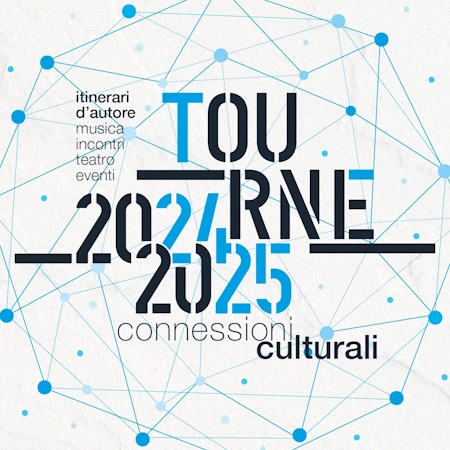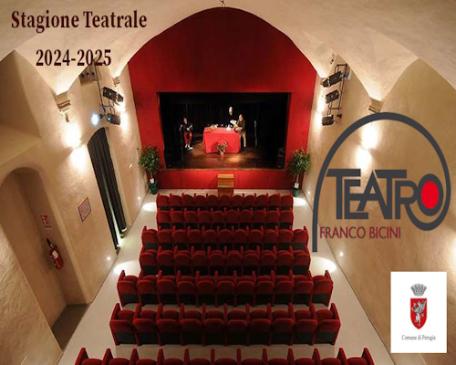Città della Pieve, a border town where the landscapes of Umbria, Tuscany and Lazio harmoniously meet, sits on a hill overlooking the Valdichiana and Lake Trasimeno.
Seen from above, its urban setting recalls the shape of an eagle, whose parts coincide with the three Districts, the areas making up the city in medieval times. Even seen from below, Perugino's homeland is ready to surprise its visitors.
Get ready for a journey that will take you in its underground, among ancient prisons, crypts and twisting tunnels.
The Cathedral’s Underground
The Cathedral of Città della Pieve, devoted to Saints Gervasio and Protasio, is located in the area of Piazza Gramsci and Piazza Plebiscito, the town's most central squares.
Under the cathedral, particularly in the so called “crypt”, are important and monumental remains of a loggia or arcade, partially demolished to make space for the Cathedral’s extension.
The recent restorations opened a direct connection from the Church, where imposing finely crafted sandstone columns are seen, of a Gothic architecture with strong Cistercian influences.
The ribbed vaults are partially visible and their function is still subject to interpretation: some scholars assume it was the loggia of a public building, whereas other think it belonged to a baptistery and to a “pilgrims arcade”.
Several traces of the original fresco decorations are still preserved along the pillars.
Duke of Corgna Cellars - Underground
A magnificent underground, still today being studied and arranged, has been recently found in correspondence of the Town Hall.
Actually, the underground has been known for a long time but not in its full extension: the tunnels, supported by vaults of an acute arch and carved in the 16th century, were already known and have been used for years as wine cellars.
Later it was discovered that these facilities represented just a part of the viable underground system: in 2014 the demolition of an old wall of bricks allowed access to another series of cavities.
Currently the Corgna cellars are open upon request, pending the opening of the new underground monuments to the public.
Inquisition Prison
On the ground floor of the Bishop's Palace there are two small cells with much of their plaster preserved, and with many engravings and inscriptions, with dates and references, the oldest dating back to the mid-17th century.
It is believed that they were the detention rooms of the ecclesiastical court that had its seat in the city.
For further information:



















.jpg/0a2a3636-f203-e2b2-0d37-d8842262bd6d?width=456)





